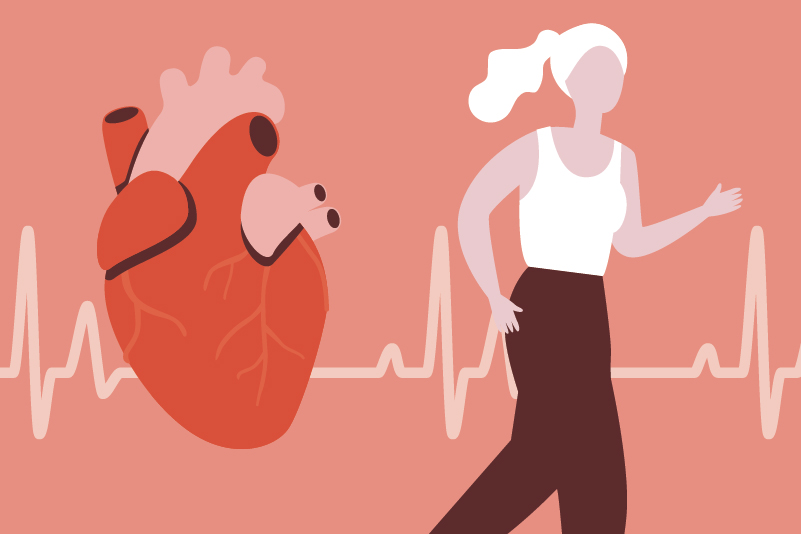#174 Target/higher dosing of medications in heart failure—is it necessary?

Reading Tools for Practice Article can earn you MainPro+ Credits
Join NowAlready a CFPCLearn Member? Log in
- Beta-blockers:
- MOCHA:1 345 patients; BID carvedilol 25 mg versus 6.25 mg x6 months.
- No statistical difference in:
- Mortality: 1% versus 6%.
- Cardiovascular hospitalizations: Both 11%.
- Dizziness: 24% versus 38%.
- Bradycardia: 12% versus 1%, Number Needed to Harm (NNH)=10.
- No statistical difference in:
- J-CHF:2 364 patients; BID carvedilol 10 mg versus 1.25 mg x3 years.
- No statistical difference in death/hospitalization for HF/cardiovascular disease (21% versus 23%).
- More required dose reduction (23% versus 0.7%), NNH=5.
- Meta-regression confirms lack of increased dose benefit.3
- MOCHA:1 345 patients; BID carvedilol 25 mg versus 6.25 mg x6 months.
- ACE inhibitors:
- ATLAS:4 3,164 patients (77% class 3 HF); lisinopril 32.5-35 mg versus
2.5-5 mg x4 years:
- No statistical difference in:
- Mortality: 43% versus 45%.
- Any hospitalization: 37% versus 39%.
- Decreased mortality plus hospitalization (80% versus 84%), NNT=25.
- More dizziness (19% versus 12%) and hypotension (11% versus 7%).
- No statistical difference in:
- NETWORK:5 1,532 ACE naïve patients, BID enalapril 10 mg versus 2.5 mg x6 months:
- No statistical difference in:
- Death/HF hospitalization or worsening symptoms: 15% versus 13%.
- More treatment withdrawals (27% versus 19%), NNH=13.
- No statistical difference in:
- ATLAS:4 3,164 patients (77% class 3 HF); lisinopril 32.5-35 mg versus
2.5-5 mg x4 years:
- ARBs:
- HEAAL:6 3,846 patients; losartan 150 mg versus 50 mg x4.7 years:
- Death/HF admission: 43% versus 47%, NNT=30.
- HF admission: 23% versus 26%, NNT=35.
- Similar overall mortality: 33% versus 35%.
- More hypotension and hyperkalemia: NNH~30 each.
- Death/HF admission: 43% versus 47%, NNT=30.
- HEAAL:6 3,846 patients; losartan 150 mg versus 50 mg x4.7 years:
- Smaller studies report similar.7-9
- Evidence supports “triple therapy” in HF: Beta-blocker, ACE/ARB, and aldosterone antagonists.10
- Target doses often unattainable, even in clinical trials.
- Only ~50% achieve 50% of target doses.11
- Despite inconsistent RCT evidence, guidelines still recommend trying to achieve target/higher doses12 based in part on non-dose response HF studies (CONSENSUS13 MERIT14 and VALIANT15).















As in many cases the Canadian guidelines refuse to align with study evidence and exams and colleague pressure continue to not pay attention to the evidence. Frustrating when you practice conservative prescribing and even the specialist insist on upwind doses of meds.